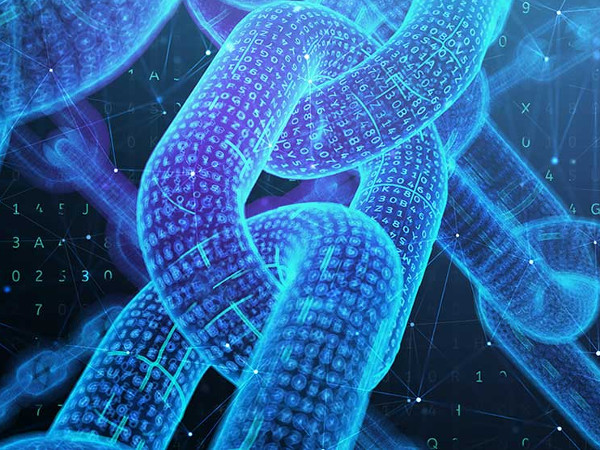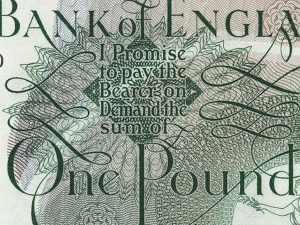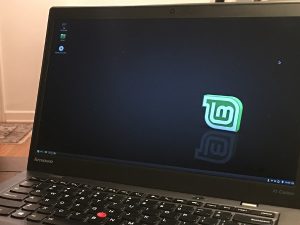Blockchain - introduction

“A purely peer-to-peer version of electronic cash would allow online payments to be sent directly from one party to another without going through a financial institution.” – ‘Satoshi Nakamoto’
Contents
What is it?
A blockchain is a list of records that once verified, is virtually impossible to change. Packets of digital information form a ‘block’, and the blocks are linked together chronologically in a ‘chain’. A Blockchain can be used for transferring things (digital assets) securely between individuals, without the need for a centralised authority, such as a bank or a state.
Each block contains a number of transactions / records grouped together, plus additional information such as dates, details of the transactions / records, participants (anonymous digital signatures), and some encryption called a ‘hash’, produced by an algorithm, and unique, so that it distinguishes that block from every other block in existence.
Put another way, it’s a distributed database (or ledger), with cryptography built in, so that anything written to that database is secure, and can be trusted, without having to trust individuals or institutions. Bitcoin and other cryptocurrencies are not blockchains – they’re based on blockchain technology.
History
In the early 80s, David Chaum proposed an electronic payment system with ‘blind signatures’, for privacy and prevention of criminal activities. He founded Digicash to implement this system in 1990, but it folded in 1998. The Digicash system still required a bank to verify transactions.
In the late nineties, Wei Dai (b-money) and Nick Szabo (Bit Gold) proposed distributed systems, without central verification, and Adam Back proposed Hashcash, initially to prevent spam (the Hashcash algorithm is still used in Bitcoin).

Hal Finney used Hashcash to develop ‘proof of work’ tokens, that verified transactions through the solving of puzzles by computers, which is the basic idea behind blockchain (Finney was the first person ever to receive a Bitcoin).
The first blockchain was built and used in January 2009 by Satoshi Nakamoto (a pseudonym – the identity of the inventor is still unknown), who sent the first Bitcoin to Finney. Here’s their white paper, explaining the concept.
Blockchain was all about cryptocurrencies for the first 5-6 years, until Ethereum arrived in 2015, which provides the ability to run application code on blockchain.
However, blockchain applications beyond cryptocurrencies are still minimal, although those applications do exist – such as registering land ownership or making sure that humanitarian aid ends up in the right place.
What are the benefits?
Blockchain transactions are transparent, immutable, immediate and irreversible. They allow transactions to occur securely between people who don’t know or trust each other. This is in contrast to transactions in the conventional (fiat) economy, where mediation between parties is required for trust; or a mutual credit economy, between known and trusted participants (payments in cash are immediate and irreversible too, but come with a whole new raft of logistical problems).
Decentralisation: people can transact with each other without middlemen like banks. This removes the extra cost of banks, and helps to disperse some of the massive concentration of money in the banking sector. This is good for democracy too. As Supreme Court Justice Louis Brandeis said: ‘We can have democracy or we can have great wealth concentrated in the hands of a few, but we can’t have both.’
In the first block (the ‘Genesis block’) Nakamoto embedded this text: “The Times 03/Jan/2009 Chancellor on brink of second bailout for banks” – which has been interpreted as a critique of the banking system. Bitcoin doesn’t require banks or bank bailouts.

Because blockchain is distributed technology, it means that we don’t have to look to a central authority for trust. This has a lot of potential – perhaps for distributed governance, so that we don’t need centralised authority at all – removing the risk that that centralised power be seized by a totalitarian regime, or bought by concentrated wealth (actually, this one is less of a risk than a reality in today’s world). This was a strong motivation for the blockchain pioneers.
No-one can ‘own’ the blockchain technology – it’s open source (and can be found in GitHub, an open source code repository). It’s about the freedom to know, rather than to own.
Blockchain can help prevent fraud. The Honduran land registry was put on the blockchain to stop gangsters making fraudulent claims on farmers’ land, and politicians claiming beachfront properties. Estonia is doing some funky things with the blockchain too, such as blockchain-registered digital passports. There have been scams and thefts involving cryptocurrencies, but this isn’t the fault of the blockchain – it’s to do with errors in the writing of applications.
A downside is that the ‘proof of work’ consensus algorithm used by Bitcoin, Ethereum and other blockchain-based currencies requires an awful lot of energy. Some cryptos are now moving to an algorithm called ‘proof of stake’, which doesn’t require huge amounts of number-crunching, and requires a tiny fraction of Bitcoin’s energy use. Examples include EOS and FairCoin; but there are technical challenges with this kind of algorithm, which is why they’re not so prevalent.
What can I do?
Every blockchain has its own associated crypto token (here’s a list) and so to pay for transactions, you need a digital wallet, a plug-in to your browser, and when you submit something to the blockchain, you have to digitally sign your transaction. These things are barriers, because most people are not used to doing things that way. For more technical people, the barriers aren’t very high, and there are a lot of things that people do now that they certainly weren’t used to a generation ago. But the geekiness of blockchain is probably the thing that’s holding it back.

Author Melanie Swan, in her book, Blockchain: Blueprint for a New Economy, describes Blockchain 1.0 – for cryptocurrencies; Blockchain 2.0 – for financial applications on the blockchain (not just crypto, but any kind of distributed financial activity, like share dealing, token exchanges etc.); and Blockchain 3.0, on which any applications can be run, beyond finance. Ethereum is an example of Blockchain 2.0 / 3.0, with an associated cryptocurrency called Ether. It’s different from Bitcoin and other cryptos in that you’re able to run any application code, in theory to do anything you like, on the Ethereum blockchain itself.
She, and other enthusiasts, see blockchain as the solution to all the world’s problems. We wouldn’t go that far, but we can see its benefits in lots of situations. For example, it’s often claimed that most humanitarian aid or charity donations end up in the wrong hands because of corruption. It’s difficult to prove or disprove, but it would be clear whether this were true if transactions were carried out on a blockchain.
Geeks vs non-geeks
If you’re a developer, blockchain work involves lots of interesting problems, like decentralised consensus, cryptography, writing applications, open source, as well as economic and political philosophy – so it won’t be boring. You can write applications to existing blockchains, like Ethereum, so that non-technical users can interact with that blockchain; or you can copy the Bitcoin code from Github, modify it to create your own blockchain, give it a name, get it online, and then initiate the first transaction, which would form part of the Genesis block for your new blockchain. You could then work with others, including beginners, and show them how to use your blockchain – for whatever you’ve decided it can be used for.

For the uninitiated, if you’ve been advised that a blockchain is just the thing you need for your business (for example), better talk to a blockchain developer. It’s a new and growing industry. But you can have a go at using cryptocurrencies without so much technical expertise.
If you’re of a geeky persuasion, and think you’d like to work as a blockchain developer, here’s a good place to start. There are courses, but it might be better to learn by doing. You could volunteer on open source projects – contact Steve (below), who is often looking for volunteers.
Specialist(s)
Thanks to Dr Steve Huckle for information.
The specialist(s) below will respond to queries on this topic. Please comment in the box at the bottom. of the page.

Dr Steve Huckle: I’m an accomplished developer, educated to Doctoral level, my thesis asked whether blockchains can help overcome some of the most urgent problems facing humanity. In short, my conclusion was that they could, but it’s impossible to solve all of humanity’s issues by diversifying technical operations; we need to change political, economic, and cultural goals, too.





2 Comments
This is a ridiculous suggestion.
Fiat currencies only derive value from the fact that the government will only accept them in payment of a tax bill and this can be enforced by the government’s monopoly on violence.
Cryptocurrencies have no intrinsic value by definition, given that they are a Ponzi scheme, and inflation is impossible to control because the final supply of coins is limited.
Matthew – what suggestion?
(I agree with what you say, btw)